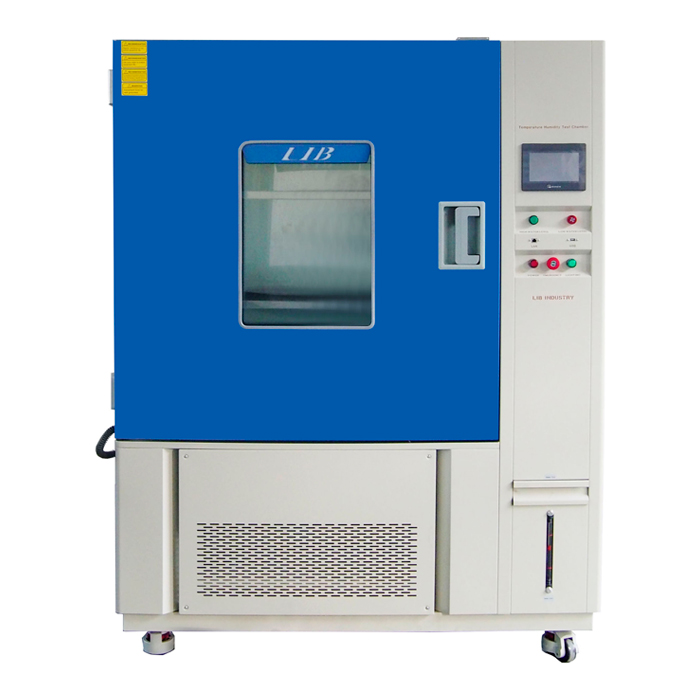Understanding ASTM and ISO Standards for Cyclic Corrosion Testing
Cyclic corrosion testing plays a crucial role in evaluating the durability and performance of materials exposed to real-world environmental conditions. As manufacturers and researchers strive for global consistency in testing, ASTM and ISO standards have become the benchmarks for ensuring reliable results. This guide explores the key standards, test methodologies, and best practices for using a cyclic corrosion chamber to meet ASTM G85 and ISO 9227 requirements.
A Comprehensive Guide to Key ASTM and ISO Cyclic Corrosion Standards
ASTM G85 and ISO 9227 are the most widely recognized standards for cyclic corrosion testing. ASTM G85, an American standard, provides detailed guidelines for advanced corrosion tests, including salt spray and cyclic wet-dry testing. It includes variations such as Prohesion testing, which is ideal for protective coatings, and mixed salt fog testing for industrial applications.
ISO 9227, on the other hand, is an international standard focusing on salt spray tests. It outlines procedures for conducting neutral (NSS), acetic acid (AASS), and copper-accelerated acetic acid (CASS) tests. These methods assess the resistance of coatings, metals, and alloys under accelerated corrosion conditions.
While ASTM G85 emphasizes diverse test environments, ISO 9227 is more streamlined and widely accepted by global manufacturers. Understanding these standards ensures compliance and helps industries select tests tailored to their specific needs.
Defining the Boundaries and Objectives of Standardized Cyclic Corrosion Tests
Standardized cyclic corrosion tests are designed to simulate real environmental conditions in a controlled environment in a cyclic corrosion chamber. The main purpose is to evaluate how a material, coating, or product resists corrosion caused by factors such as humidity, temperature changes and salt exposure.
For example, ASTM G85 focuses on creating test cycles that mimic aggressive industrial environments. The Prohesion test alternates between a salt spray and a dry-off period, replicating inland corrosion conditions. ISO 9227's tests, such as NSS, simulate marine environments by exposing materials to a consistent salt fog.
These tests establish clear boundaries, ensuring repeatability and reproducibility. By adhering to ASTM or ISO standards, manufacturers can benchmark performance, improve material designs, and reduce the risk of product failure in harsh environments.
Specifying the Required Equipment and Chemical Compositions for Compliant Testing
Achieving compliance with ASTM G85 and ISO 9227 requires specialized equipment and precise chemical compositions. A cyclic corrosion chamber is the centerpiece of these tests, offering the ability to control temperature, humidity, and salt fog generation.
For ASTM G85 tests, cyclic corrosion chamber must accommodate specific test conditions, such as alternating wet and dry cycles. The Prohesion test demands a salt solution with 0.05% sodium chloride and 0.35% ammonium sulfate, while mixed salt fog tests require custom solutions.
ISO 9227 tests, like NSS, require a neutral 5% sodium chloride solution with a pH of 6.5-7.2. The AASS and CASS tests call for acidic solutions, with CASS incorporating copper chloride for enhanced corrosive effects.
A Detailed Examination of Standardized Test Cycles, Durations, and Evaluation Methods
Understanding test cycles and evaluation methods is essential for interpreting results. ASTM G85 tests typically involve cyclic exposure to salt fog and drying phases. For instance, the Prohesion test alternates between a 2-hour salt spray and a 2-hour dry-off period. This cycle is repeated for a specified duration, such as 500 hours, to assess corrosion resistance.
ISO 9227 tests, like NSS, maintain continuous salt fog exposure for durations ranging from 24 to 1,000 hours, depending on the application. Materials are evaluated based on the extent of corrosion, such as rust formation, blistering, or coating degradation.
Evaluation methods often include visual inspections, mass loss measurements, and surface analysis to quantify corrosion resistance. These standardized cycles and methodologies ensure consistent comparisons across industries, helping manufacturers optimize their products.
Highlighting the Similarities and Differences Between Key ASTM and ISO Standards for Informed Selection
Although ASTM G85 and ISO 9227 have similarities, their differences affect their applications. Both standards emphasize accelerated corrosion testing in a cyclic corrosion chamber, providing a reliable method to evaluate the durability of materials. However, ASTM G85 offers a variety of testing options, such as prohesion and immersion testing, to meet specific industry needs.
ISO 9227, with its straightforward approach, is ideal for global industries seeking a universal benchmark. Its NSS, AASS, and CASS tests are widely used for evaluating coatings and metal finishes in automotive, aerospace, and marine sectors.
Selecting the right standard requires understanding your application's requirements. For example, industries needing advanced cyclic testing may prefer ASTM G85. Conversely, global manufacturers prioritizing simplicity and international recognition often choose ISO 9227.
By leveraging a cyclic corrosion chamber and adhering to ASTM G85 or ISO 9227, manufacturers can replicate environmental conditions, improve material performance, and meet global compliance standards. To explore how our advanced cyclic corrosion chamber solutions can help you meet these standards, contact LIB Industry at ellen@lib-industry.com today.
References
1. ASTM International. "ASTM G85: Standard Practice for Modified Salt Spray (Fog) Testing."
2. International Organization for Standardization. "ISO 9227: Corrosion Tests in Artificial Atmospheres - Salt Spray Tests."
3. Materion Performance Alloys. "The Role of Cyclic Corrosion Testing in Material Selection."
4. ASM International. "Corrosion: Understanding the Basics."



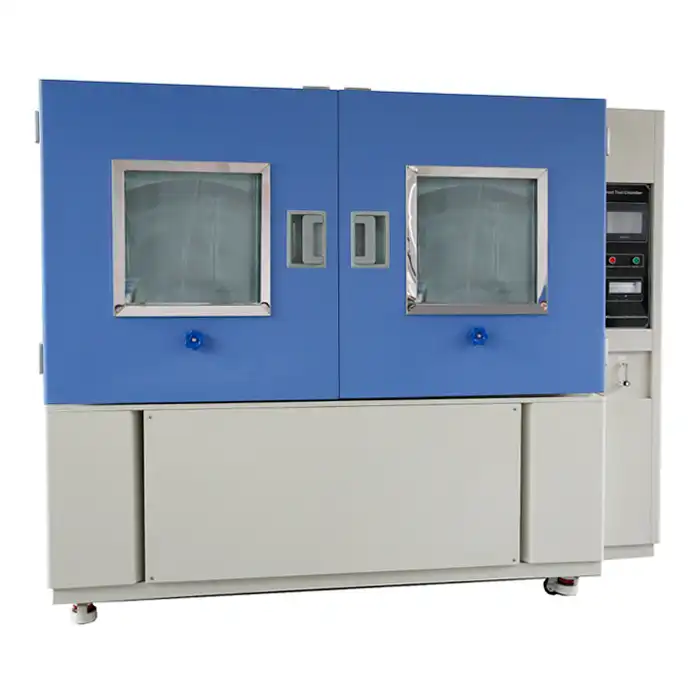
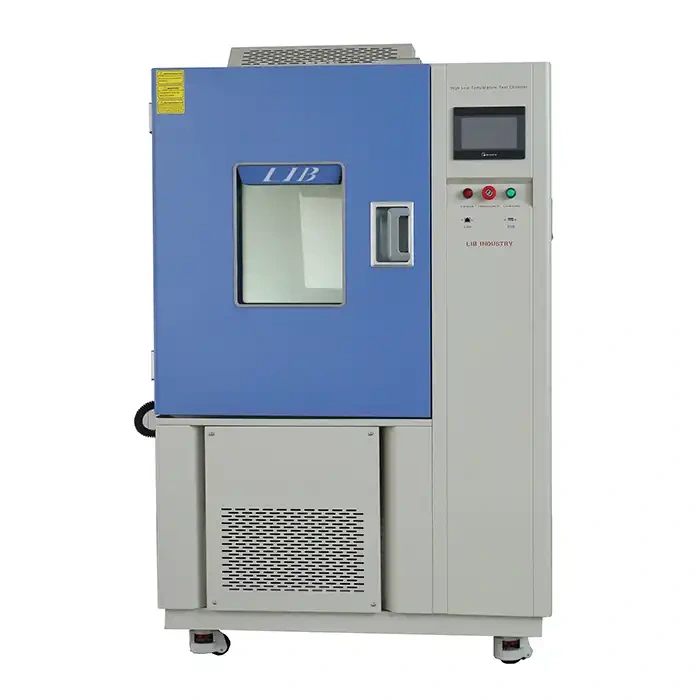
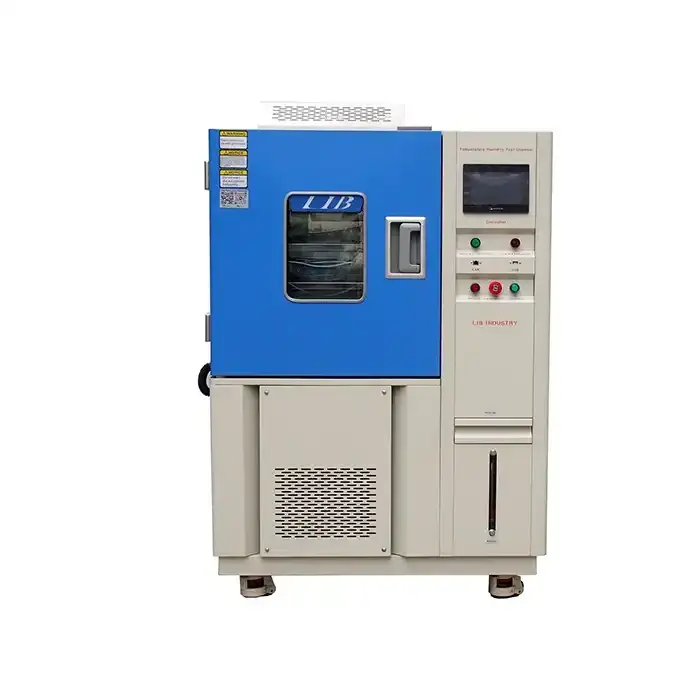
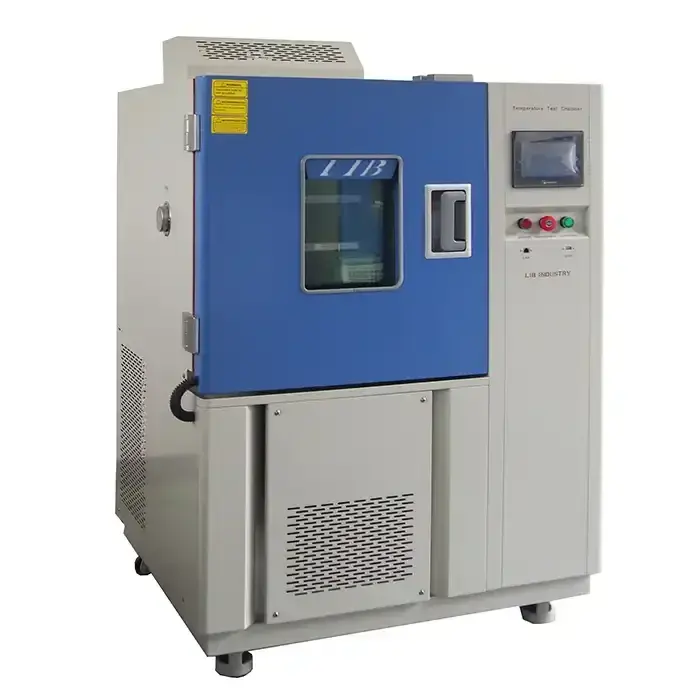
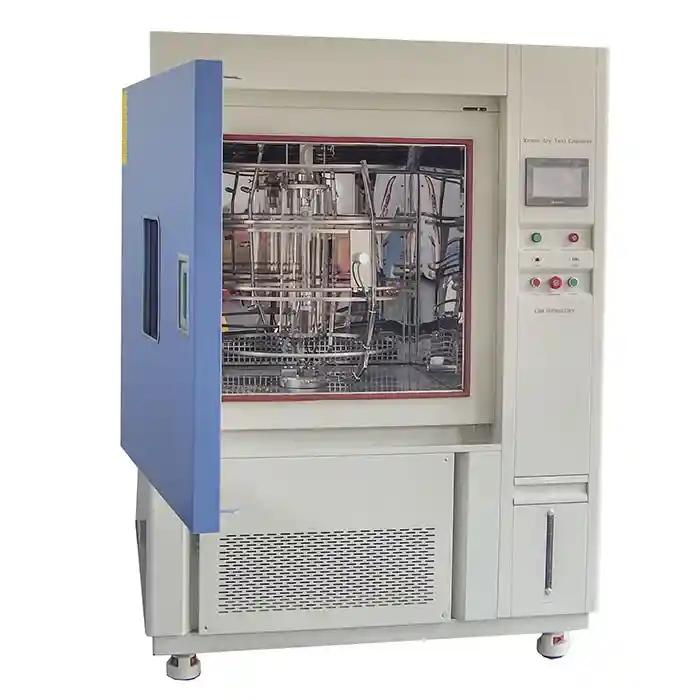
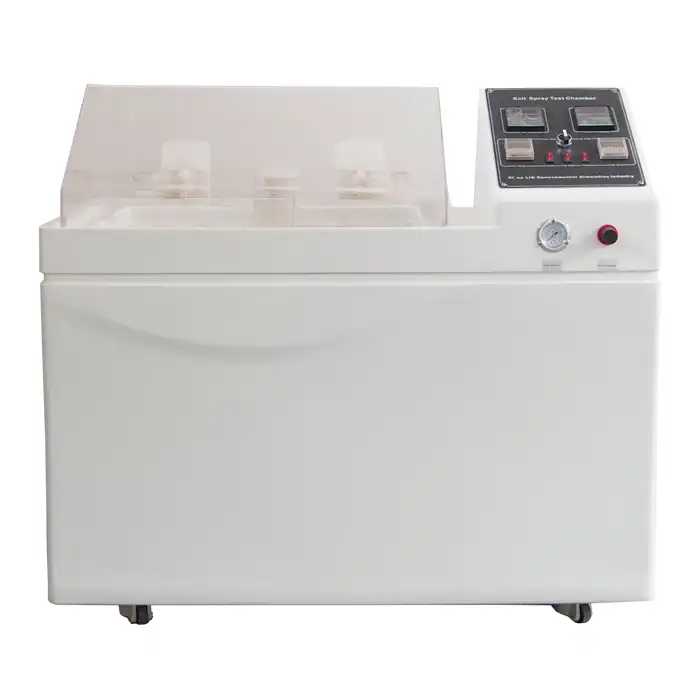
.webq.jpg)
